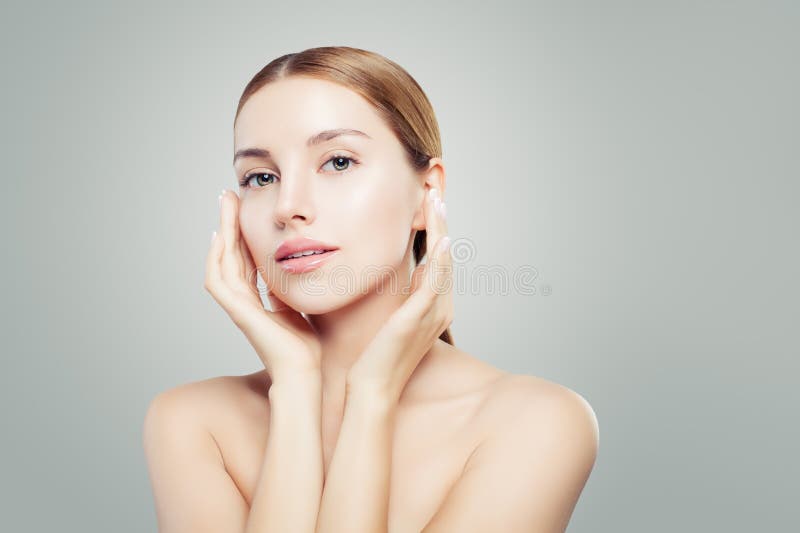Acne isn’t just a teenage woe—it’s something that can persist well into adulthood, leaving many searching for clear skin solutions. Here’s where it gets interesting: blue light therapy works by targeting the root cause of acne—bacteria. While many people opt for topical creams or oral medications, others explore options like Acne Treatment in Dubai, which often includes blue light therapy as part of an integrated skincare plan.
Understanding Acne and Its Causes
Before we can appreciate how blue light works, it's helpful to understand what we're up against. Acne forms when pores get clogged with oil (sebum), dead skin cells, and bacteria—specifically, a bacteria called Propionibacterium acnes (P. acnes). This bacteria thrives in oily environments and can lead to inflammation, redness, and the formation of pimples.
What is Blue Light Therapy?
Blue light therapy is a form of phototherapy that uses specific wavelengths of light (typically around 415 nanometers) to penetrate the skin. Unlike ultraviolet (UV) rays, which can damage the skin, blue light is safe and gentle.

How Blue Light Targets Acne-Causing Bacteria?
Let’s break down the science behind it:
-
The P. acnes bacteria on your skin produce molecules called porphyrins.
-
When these porphyrins are exposed to blue light, they react by releasing reactive oxygen species.
-
This oxidative stress effectively destroys the bacteria.
-
Fewer bacteria mean less inflammation, reduced breakouts, and faster healing.
Benefits of Blue Light Therapy for Acne
There are plenty of reasons people are turning to this high-tech treatment:
-
Non-invasive and painless
-
No downtime required
-
Can be used alongside other treatments
-
Suitable for both inflammatory acne (pimples, pustules) and mild breakouts
-
Safe for most skin types and tones
Does Blue Light Therapy Work for All Types of Acne?
Blue light is most effective for mild to moderate acne, particularly acne that involves inflammation and bacterial buildup. It may not be as effective for cystic acne, which is deeper and often hormonally driven.However, it can be a great complementary treatment, especially when combined with other acne management options like salicylic acid or retinoids.
Is It Safe for Everyone?
Generally speaking, yes. Blue light therapy is considered safe for most people, including teens and adults. Since it doesn’t involve harsh chemicals or invasive procedures, it’s also a good option for people with sensitive or reactive skin.Still, it’s a good idea to avoid it if you’re taking medications that cause photosensitivity, like certain antibiotics or retinoids, as this could increase the risk of irritation.
Combining Blue Light with Other Therapies
One of the best things about blue light therapy is that it plays well with others. You can often combine it with:
Who Should Consider Blue Light Therapy?
If you’ve been battling stubborn breakouts and feel like you’ve exhausted your options, blue light therapy could be worth exploring. It’s especially appealing if you’re looking for:
-
A non-drug-based acne solution
-
A gentle treatment with minimal side effects
-
A way to reduce breakouts and oil production over time
Final Thoughts
Blue light therapy has emerged as a revolutionary way to target acne at its source. By neutralizing the acne-causing bacteria without harsh chemicals or invasive procedures, it offers a clean, futuristic solution to a very old problem.







 SURVEY
How Did You Hear About Us?
SURVEY
How Did You Hear About Us?






























Comments